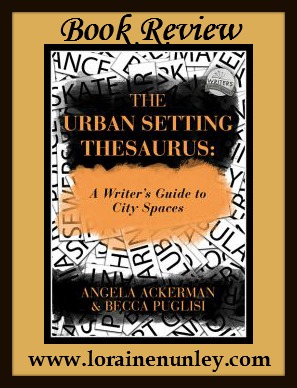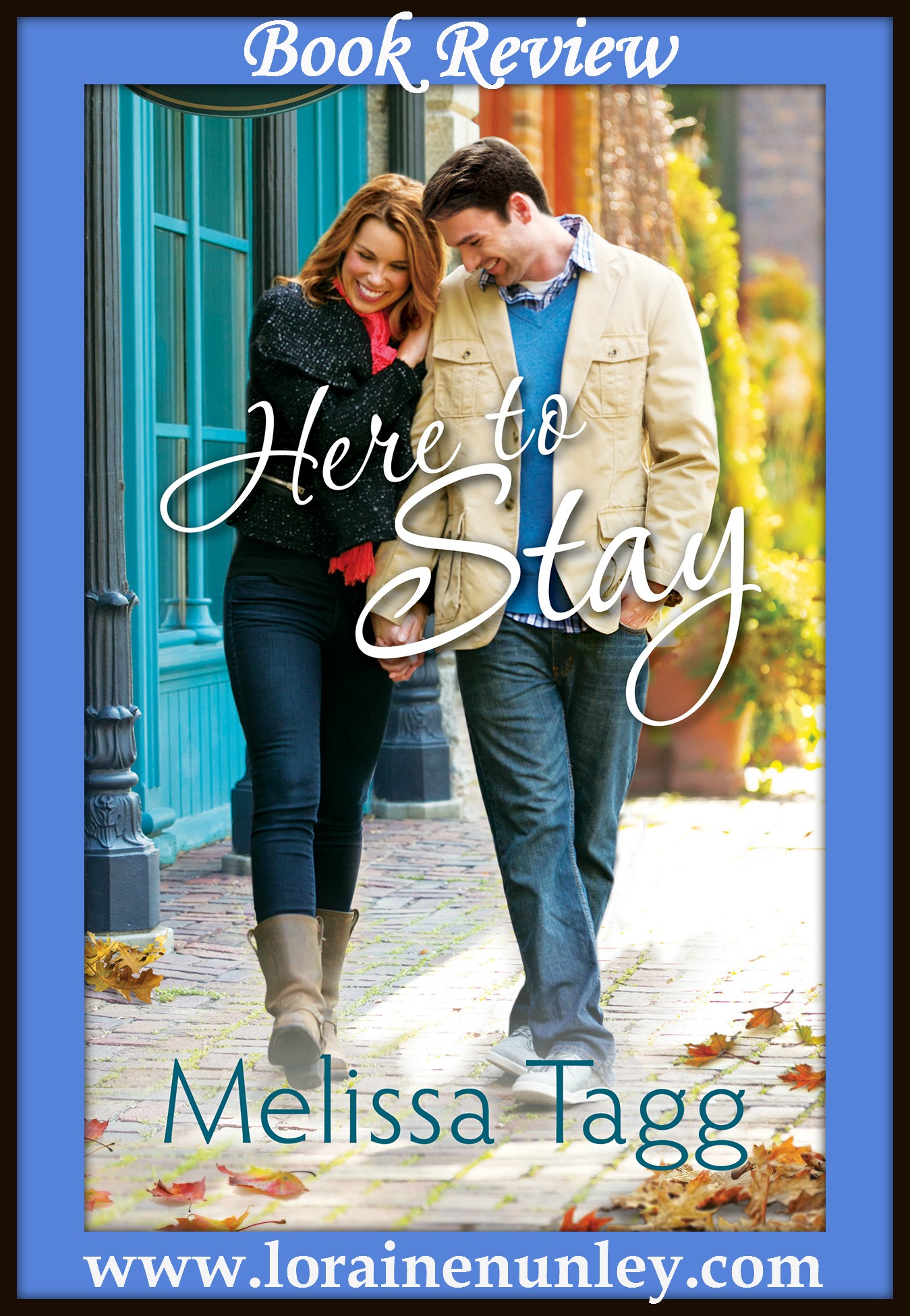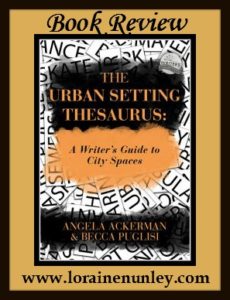
Book Review: The Urban Setting Thesaurus by Angela Ackerman & Becca Puglisi
This page contains affiliate links. If you click a link and buy something, I receive a commission for the sale. This does not cost you anything. But if you do use my links, I appreciate your support.
Synopsis from author’s website:
Making readers care and feel like they’re part of the story should be the number one goal of all writers. Ironically, many storytellers fail to maximize one of fiction’s most powerful elements to achieve this: the setting. Rather than being a simple backdrop against which events unfold, every location has the potential to become a conduit for conveying emotion, characterizing the cast, providing opportunities for deep point of view, and revealing significant backstory. Inside The Urban Thesaurus, you’ll find:
- A list of the sights, smells, tastes, textures, and sounds for over 120 urban settings
- Possible sources of conflict for each location to help you brainstorm ways to naturally complicate matters for your characters
- Advice on how to make every piece of description count so you can maintain the right pace and keep readers engaged
- Tips on utilizing the five senses to encourage readers to more fully experience each moment by triggering their own emotional memories
- Information on how to use the setting to characterize a story’s cast through personalization and emotional values while using emotional triggers to steer their decisions
- A review of specific challenges that arise when writing urban locations, along with common descriptive pitfalls that should be avoided
My review:
As a fiction author, I am always looking for ways to improve my writing and draw my readers into the stories that I tell. I found this book to be very informative on using setting to do just that.
What I really liked about this thesaurus was that it gave me lots of sensory details and suggestions for a multitude of settings that I could use. Not just what my characters might see, but also what they might hear, smell, taste, and touch. I found the texture (touch) sections particularly helpful because that seems to be a sense that is often overlooked.
Also included with each setting is a list of possible sources of conflict, people commonly found in that setting, setting notes and tips, related settings, and a setting example. Just reading the sources of conflict set my mind to brainstorming all kinds of possibilities for my work in progress.
These authors have done a tremendous amount of work and I appreciate that their hard work will be making my writing life a little bit easier.
This book has become part of my permanent writing resource library. I highly recommend it to any writer. I will be getting The Rural Setting Thesaurus as well.
My rating: 5 out of 5 stars
Where can I learn about these authors and their books?
Writers Helping Writers website
Note: I was gifted this book by the authors. I was not required to give a positive review. All of the opinions I express here are my own.
-Loraine Nunley


